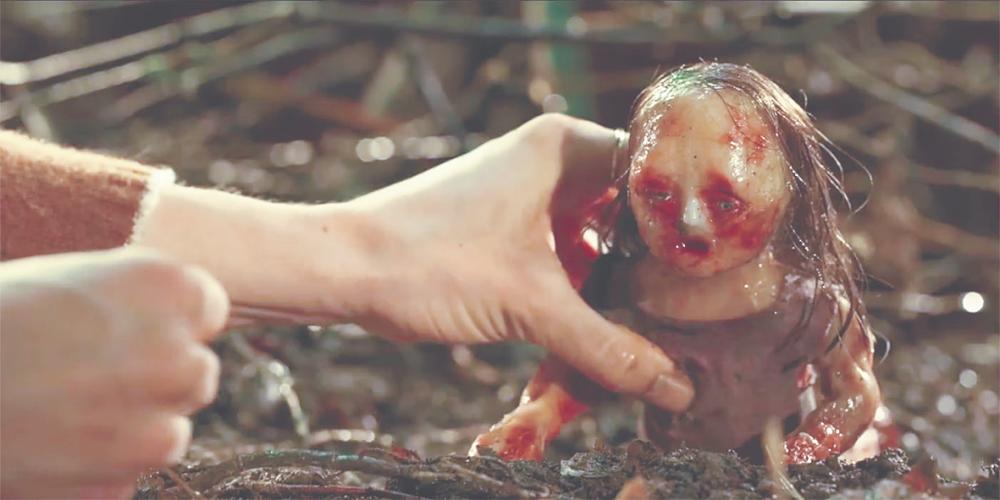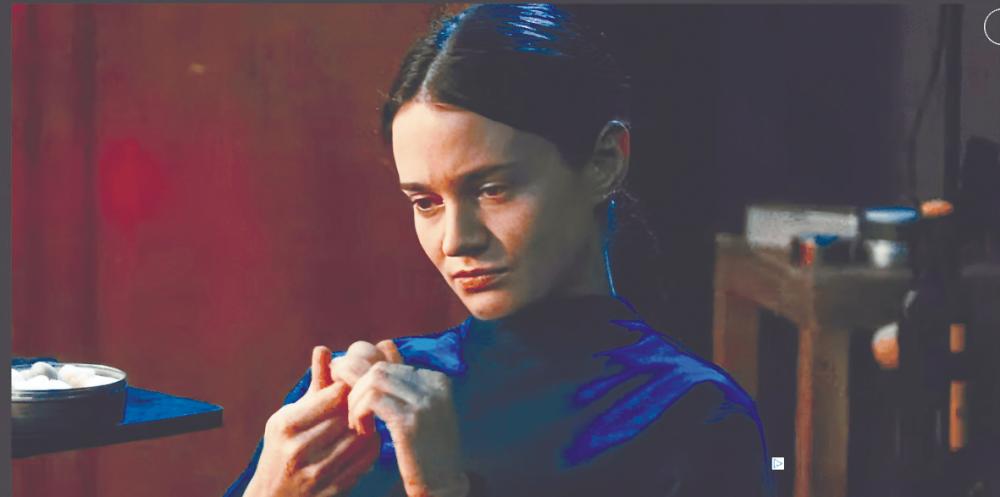AFTER several years of relatively decent horror sat alongside run-of-the-mill Blumhouse-styled productions, the genre seems to be back on the offensive in 2024 with some great offerings that broke the mould.
Earlier this year, Immaculate set the stage with great acting, The First Omen followed it up with weird visuals and cinematography, while Abigail brought the blood and guts.
Now, Stopmotion has hobbled onto the scene, bringing a nearly complete package for arthouse horror fans.
Having worked as an assistant to her stop motion animator mother for so long, Ella Blake (Aisling Franciosi) finds herself liberated when the old woman falls into a coma. No longer chained as the “hands” to the latter’s “brain”, Blake decides to take a more active role as an animator.
As she quickly finds out that she lacks the imagination that her mother and peers have, Blake begins to experience questionable events that defy logic. Instead of moulding her stop motion materials into a coherent story, the art begins to mould her reality.
Directed by Robert Morgan, Stopmotion mixes stop motion animation with live action, with each medium progressively infesting the other as Blake’s sensibilities and mental state rot away.
Being an arthouse film, there is a great emphasis on the visual and aural experience. The focus remains largely on its shock value and the hallucinatory trip that it takes viewers on. But do bear in mind Stopmotion’s narrative – and ending – is interpretive and viewers need to manage expectations.

Franciosi does an excellent job in playing her character and demonstrating how the cracks gradually worsen, but there is no depth to Blake and nothing for the viewer to care about beyond her mental illness. Despite the urgency the film presents for Blake to complete her first stop motion film, there is a lack of motivation behind the character in completing her goal.
The true selling point for Stopmotion is how it forgoes the loud jump scares and cheap thrills of mainstream horror, and opts for surrealistic horror by making the viewer uncomfortable, squeamish, gag and maybe even feel like throwing up.
Scenes of caustic physical violence accompany grotesque aesthetics, pairing together like wine from a good year with a medium-rare steak. There is a scene where a character casually cuts open their thigh, digs around and severs a tendon. The tendon is then used for something else far more grotesque. Even the stop motion dolls devolve as Blake does, going from normal to being sculpted from eyebrow-raising varieties of meat.
A decent arthouse horror film has to be divorced from its mainstream horror cousins and their pitfalls, which is what Stopmotion does for the most part and it is discomforting enough that a single viewing is enough to appreciate its value.
Stopmotion is streaming on Shudder.









